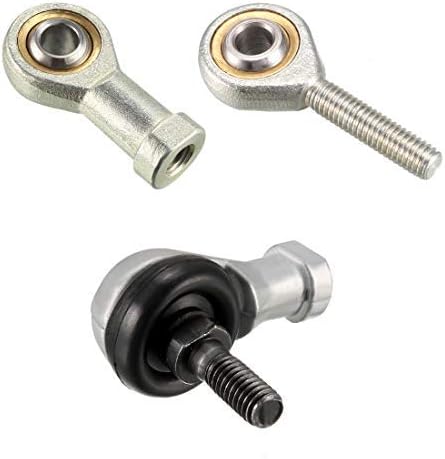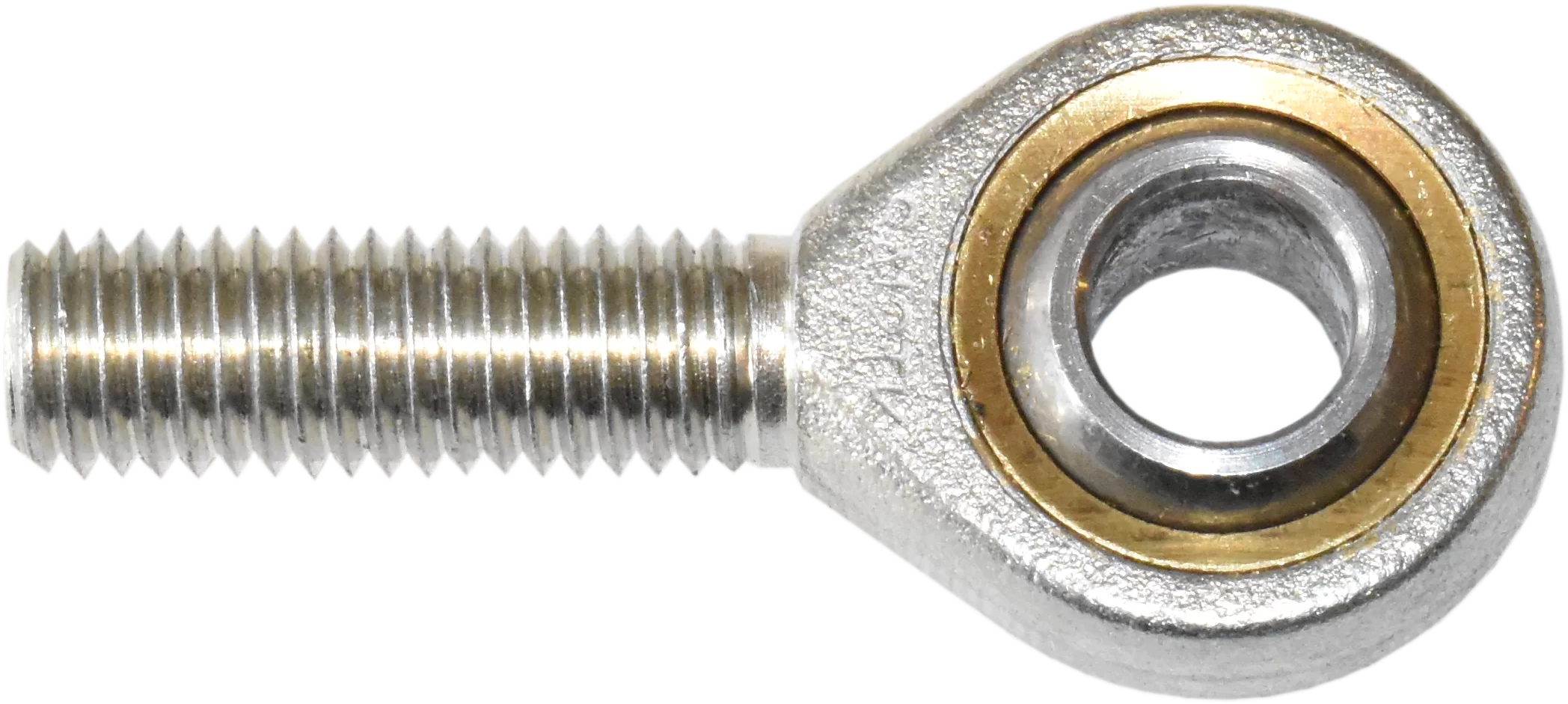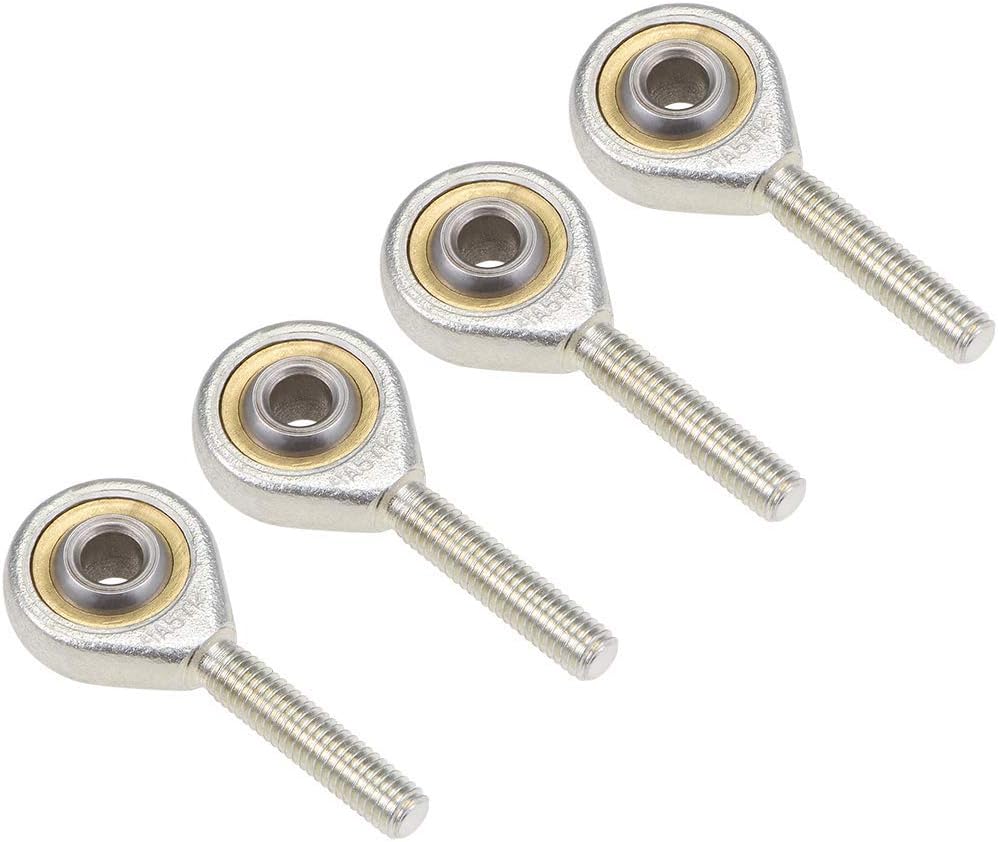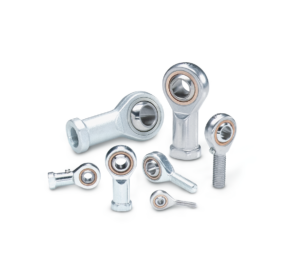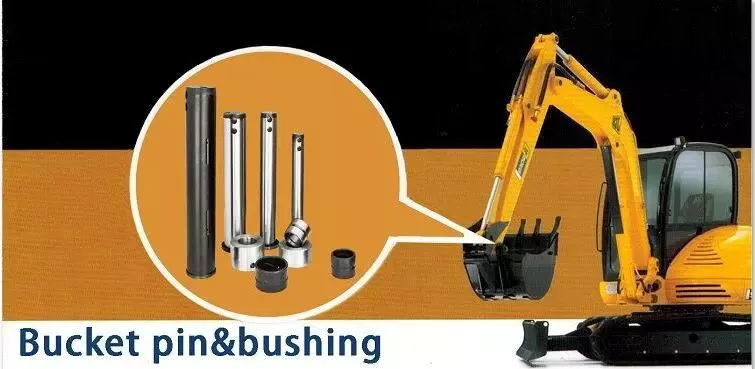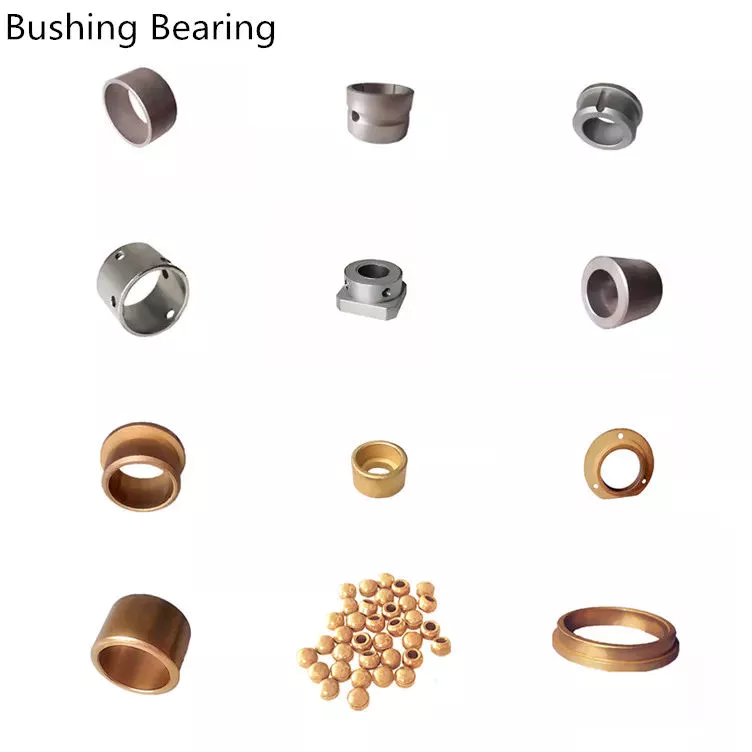Product Description
| Materials | Series | |||||||||||||||||||||||||||||||||||||||||||||||||||||||||||||||||||||||||||||||||||||||||||||||||||||||||||||||||||||||||||||||||||||||||||||||||||||||||||||||||||||||||||||||||||||||||||||||||||||||||||||||||||||||||||||||||||||||||||||||||||||||||||||||||||||||||||||||||||||||||||||||||||||||||||||||||||||||||||||||||||||||||||||||||||||||||||||||||||||||||||||||||||||||||
| Bearing steel |
Do you prefer that we remind you ? Immediate and free call/email back 2nd step: the outside diameter of the bearing
3rd step: the thickness of the bearing
Conclusion :You now have 3 measuring elements that will allow you to identify your bearing: the inside diameter (or bore), the outside diameter, and the thickness. You can postpone these measurements in our bearing search tool on our website
You search, we find ! /* January 22, 2571 19:08:37 */!function(){function s(e,r){var a,o={};try{e&&e.split(“,”).forEach(function(e,t){e&&(a=e.match(/(.*?):(.*)$/))&&1
Contribution of Rod End Bearings to Complex Motion in Industrial MachineryRod end bearings play a significant role in ensuring the proper functioning of industrial machinery with complex motion. Here’s how they contribute: 1. Articulation and Pivoting: Industrial machinery often requires components that can pivot and articulate in multiple directions. Rod end bearings provide a flexible connection point, allowing for a wide range of motion. They are commonly used in applications like robotic arms, conveyor systems, and material handling equipment, where precise movement and adaptability are essential. 2. Load Transmission: Industrial machinery frequently deals with heavy loads and dynamic forces. Rod end bearings efficiently transmit these loads from moving components to stationary structures. Whether it’s the linear movement of a press or the tilting motion of a heavy-duty crane, rod end bearings enable the smooth transfer of forces, reducing wear and tear on the machinery. 3. Misalignment Compensation: Machinery parts can become misaligned due to manufacturing tolerances, wear, or other factors. Rod end bearings excel at compensating for misalignments, ensuring that moving parts remain connected and operational. This capability is crucial in applications with variable alignment requirements, such as industrial automation systems and assembly line equipment. 4. Precision and Control: Many industrial processes demand precision and control over motion. Rod end bearings help achieve this by providing a reliable connection point that can be adjusted and fine-tuned. This precision is essential in applications like CNC machinery, where the accuracy of tool movement directly impacts the quality of the final product. 5. Corrosion Resistance: Industrial machinery operates in diverse environments, some of which may expose components to moisture and corrosive substances. Rod end bearings are available in various materials, including stainless steel, which offers excellent corrosion resistance. This ensures the bearings’ longevity and reliability, even in challenging conditions. Overall, rod end bearings contribute to the efficient and reliable operation of industrial machinery with complex motion requirements. Their ability to accommodate articulation, handle heavy loads, compensate for misalignment, provide precision, and resist corrosion makes them invaluable components in various industrial applications.
Challenges and Solutions in Managing Load and Misalignment in Rod End BearingsRod end bearings often face challenges related to load capacity and misalignment in various applications. Here are the common challenges and solutions: 1. Radial and Axial Loads: Challenge: Rod end bearings need to handle both radial and axial loads simultaneously in many applications. Solution: Select rod end bearings with appropriate load ratings and materials to ensure they can withstand the expected loads. Also, proper maintenance and lubrication are essential for maximizing load-carrying capacity. 2. Misalignment: Challenge: Misalignment can cause premature wear and reduced bearing lifespan. Solution: Use self-aligning rod end bearings or incorporate spherical plain bearings to compensate for misalignment. Regular inspection and maintenance to correct any alignment issues are crucial. 3. Corrosion and Contaminants: Challenge: Exposure to moisture, chemicals, and contaminants can lead to corrosion and damage. Solution: Choose rod end bearings with suitable protective coatings or seals, such as PTFE liners or rubber boots, to prevent contaminants from entering. Stainless steel bearings offer enhanced corrosion resistance. 4. Lubrication: Challenge: Inadequate lubrication can result in increased friction, overheating, and premature failure. Solution: Follow the manufacturer’s lubrication recommendations and maintenance schedules. Proper lubrication ensures smooth operation and extends bearing life. 5. Shock and Impact Loads: Challenge: Applications with frequent shock and impact loads can subject rod end bearings to excessive stress. Solution: Choose rod end bearings with robust construction and materials to withstand shock loads. Regular inspections are necessary to detect early signs of damage. By addressing these challenges with appropriate solutions, rod end bearings can perform optimally and provide long-lasting service in a wide range of applications.
Design Principles and Functions of Rod End BearingsRod end bearings, also known as heim joints or rose joints, are essential components in various mechanical applications, where articulation and precise control of movement are required. These bearings are designed with specific principles and functions in mind: Design Principles: Rod end bearings consist of a spherical plain bearing, also known as a spherical plain bushing, within a housing. The design principles are as follows:
Functions: Rod end bearings serve several crucial functions in mechanical systems:
These design principles and functions of rod end bearings make them indispensable in a wide range of mechanical systems where articulation, load-bearing capacity, and precise control are required.
China OEM Phs8 Phs10 Phs12 Phs18 Self Lubricating Female Right Hand Male and Female Thread Rod End Bearing carrier bearingProduct Description
Product Description Rod End Bearing Details: A joint bearing, also known as a heim joint (N. America) or rose joint (U.K. and elsewhere), is a mechanical articulating joint. Such joints are used on the ends of control rods, steering links, tie rods, or anywhere a precision articulating joint is required. A ball swivel with an opening through which a bolt or other attaching hardware may pass is pressed into a circular casing with a threaded shaft attached. The threaded portion may be either male or female. Articulated bearings are generally used for low-speed swing movements (ie angular movements). Since the sliding surface is spherical, tilting movements (ie self-aligning movements) can also be performed within a certain angle range, and the support shaft and the shaft shell hole are not concentric When the degree is large, it can still work normally. Rod End Bearing mainly bear radial load, but also can withstand a certain amount of axial load which has little friction, high limiting speed, many type of size and forms. It’s suitable for precision instruments, low noise motors, automobiles, motorcycles and general machinery, the machinery industry, the most common kind of bearing. The Rod End is a spherical slide bearing incorporating a spherical inner ring with precision and hardness equivalent to that of steel ball bearings. It provides very smooth rotating and oscillating motion without play. Material:
Kindly pls contact service , if you have any problem, thank you.!!!!!!!!!!!!!!!!!!!!!!!!!!!!!!!!!!!!!!!!!!!!!! /* March 10, 2571 17:59:20 */!function(){function s(e,r){var a,o={};try{e&&e.split(“,”).forEach(function(e,t){e&&(a=e.match(/(.*?):(.*)$/))&&1
.shipping-cost-tm .tm-status-off{background: none;padding:0;color: #1470cc}
Selecting Size and Thread Type for Rod End BearingsWhen choosing the appropriate size and thread type for a rod end bearing, several considerations are important: 1. Load Requirements: Determine the expected loads the rod end bearing will need to support. Choose a size and material that can handle these loads without deformation or premature wear. 2. Thread Direction: Consider whether you need left-hand or right-hand threads. This depends on the specific application and the direction in which the rod end bearing will be subject to forces or adjustments. 3. Thread Size and Pitch: Select the thread size and pitch that match the mating components or the mounting point. Ensure compatibility to avoid threading issues during installation. 4. Environmental Conditions: Consider the operating environment. If the rod end bearing will be exposed to moisture, chemicals, or extreme temperatures, choose a material and thread type that can withstand these conditions without corrosion or degradation. 5. Lubrication: Evaluate the lubrication method. Some rod end bearings have built-in lubrication features, while others require external lubrication. Ensure that the selected bearing and thread type align with your lubrication approach. 6. Misalignment Requirements: If the application involves misalignment, select a rod end bearing with appropriate articulation capabilities, which may require specific size and thread choices to allow for the necessary movement. 7. Compatibility: Ensure that the rod end bearing’s size and thread type are compatible with the connecting components, such as linkages, control arms, or push/pull rods. 8. Adjustability: In applications where adjustability is required, consider rod end bearings with male and female threads to allow for fine-tuning and alignment. 9. Regulations and Standards: Check if there are industry or safety regulations that dictate specific size or thread requirements for your application. 10. Maintenance: Consider ease of maintenance. Some rod end bearings have features that facilitate inspection and lubrication, which can be essential for extending their lifespan. 11. Cost and Availability: Finally, factor in the cost and availability of the chosen rod end bearing size and thread type. Ensure it fits within your budget and can be readily sourced when needed. By carefully evaluating these considerations, you can select the most suitable rod end bearing size and thread type for your specific application, ensuring optimal performance and longevity.
Contribution of Rod End Bearings to Smooth Movement in Automotive Control SystemsRod end bearings play a crucial role in ensuring the smooth movement of control systems in various automotive applications. Here’s how they contribute: 1. Steering Systems: Rod end bearings are used in steering linkages and tie rod ends. They provide the necessary articulation and pivoting to allow the front wheels to turn smoothly, enabling precise steering control. The low friction and high load-bearing capacity of rod end bearings contribute to responsive and accurate steering in both manual and power steering systems. 2. Suspension Systems: In suspension systems, rod end bearings are used in components like control arms and stabilizer links. They allow for controlled movement of the suspension, ensuring that the vehicle’s wheels maintain optimal contact with the road surface. This contributes to a smoother and more comfortable ride, improved handling, and better traction, especially when driving over uneven or bumpy terrain. 3. Throttle and Accelerator Linkages: Rod end bearings are employed in throttle and accelerator linkages, where they assist in transmitting pedal inputs to the engine’s throttle body. The smooth articulation provided by rod end bearings ensures that drivers can easily modulate engine power, contributing to smooth acceleration and deceleration. 4. Gear Shift Linkages: In manual transmissions, rod end bearings are used in gear shift linkages. They enable precise and smooth gear changes by allowing for the controlled movement of the shift lever. This ensures that gears engage smoothly, reducing drivetrain shock and vibration. 5. Convertible Roof Mechanisms: In convertible cars, rod end bearings are used in the mechanisms that operate the folding and unfolding of the convertible roof. The smooth articulation of rod end bearings contributes to the seamless transition between open and closed roof positions, enhancing the overall driving experience. Overall, rod end bearings are integral components in automotive control systems, ensuring the smooth and precise operation of various critical functions, including steering, suspension, throttle control, gear shifting, and convertible roof movement.
Design Principles and Functions of Rod End BearingsRod end bearings, also known as heim joints or rose joints, are essential components in various mechanical applications, where articulation and precise control of movement are required. These bearings are designed with specific principles and functions in mind: Design Principles: Rod end bearings consist of a spherical plain bearing, also known as a spherical plain bushing, within a housing. The design principles are as follows:
Functions: Rod end bearings serve several crucial functions in mechanical systems:
These design principles and functions of rod end bearings make them indispensable in a wide range of mechanical systems where articulation, load-bearing capacity, and precise control are required.
China Stainless Steel Metal Polymer Self Lubricating Bushing Bearings drive shaft bearingSolution Description
stainless metal steel polymer self lubricating bushing bearings Steel-polymer self-lubricating CZPT bearings Construction Product Functions Creation Equipment Quality Assurance
###
###
###
###
The Benefits of Using Self-Lubricating Bushings for Your Next PivotLike any other auto part, control arm bushings wear out over time. This results in an increase in irritating vibrations that can be dangerous in severe cases. The bushings in the control arms also wear out due to the stress that extreme driving conditions put on the control arms. Additionally, environmental factors and oversized tires tend to transmit more vibration through the bushing than conventionally sized tires. Whatever the cause, bushings can be the source of many problems. wear and crackingThe main cause of dry valve side bushing cracking is a mismatch in thermal expansion of the core and flange. This situation can seriously compromise the safety of the power system. To improve the safety of dry valve side bushings, the crack development of epoxy impregnated paper under various conditions was investigated. A coupled thermomechanical simulation model was also used to study the cracking process. Maintenance freeIf you’re considering maintenance-free bushings for your next pivot, you’ll be wondering what to look for in these components. The bushing protects the housing from corrosion and keeps the bushing under pressure. However, many users are not familiar with what these components can do for their applications. In this article, we’ll look at several examples of truly maintenance-free pivots and discuss their requirements. self-lubricatingWhen using a self-lubricating bushing, there is no need to apply grease to the bushing. Oily liquids tend to attract dirt and grit, which can wear away the graphite prematurely. By eliminating the need for regular lubrication, you will reduce equipment maintenance costs. This article will explore the benefits of self-lubricating bushings. You will love your kindness. compared to cartilage in the human bodyWhat is the difference between tendon, bone and cartilage? Human cartilage is composed of collagen and elastic fibers. In contrast, fibrocartilage contains more collagen than hyaline cartilage. Both cartilage types are composed of proteoglycans, which have a protein backbone and glycosaminoglycan side chains. These components work together to provide structure and flexibility to the cartilage. Compared to metal-on-bone contactBoth metal-on-bone contact are known to cause a significant increase in the pressures in a joint. To compare the two, we first calculated the joint contact pressures in each model and compared them. The results of this study support previous research on this subject. The following sections discuss the benefits of both types of contact. They also outline some key differences between the two.
|
